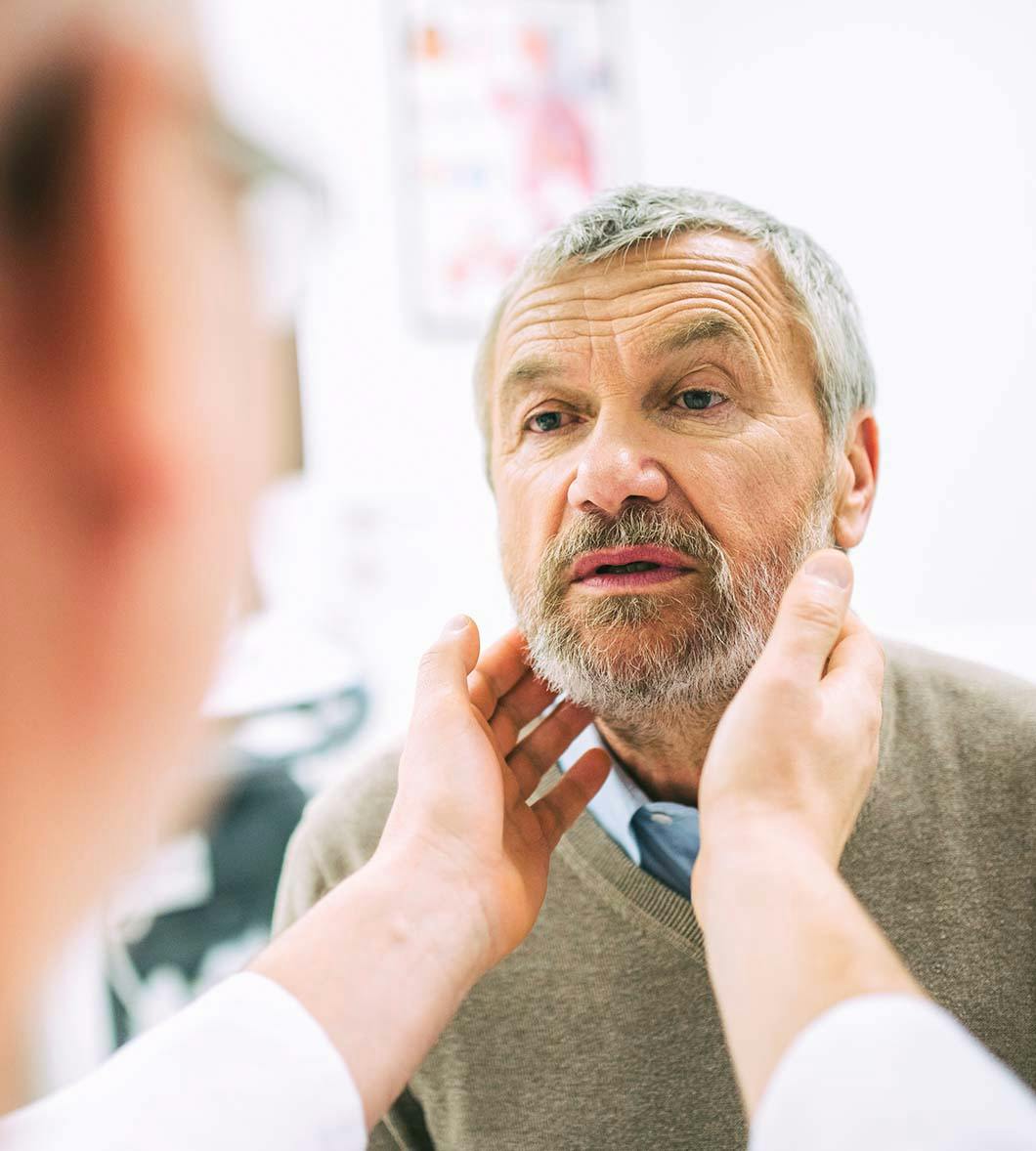At Atlantic ENT, we specialize in diagnosing and treating voice and swallowing disorders with precision, compassion, and advanced diagnostic technology to help patients regain comfort, clarity, and confidence in everyday communication.
Voice & Swallowing Overview
The larynx, or voice box, plays an integral role in assessing changes with voice production, breathing, and swallowing. Symptoms related to changes involving this structure include hoarseness, weak voice, decreased vocal range in singers, throat tightness, sensation of something stuck in the throat, frequent throat clearing, cough, shortness of breath, need for forceful swallowing, pills getting stuck when swallowing, and liquids “going down the wrong tube” when swallowing.
We offer diagnostic tests to help identify causes of these symptoms, such as fiber-optic laryngoscopy, which is performed by a medical provider. This is a quick, safe, and typically well-tolerated procedure that helps to identify changes to the voice box area, such as inflammation, dysfunction of the vocal cords, or even masses in the throat or voice box area that cannot be seen upon routine physical examinations.
If needed, a medical provider may refer you to one of our speech-language pathologists for a videostroboscopy or fiber-optic endoscopic evaluation of swallowing (FEES), which are more detailed examinations of the throat and voice box area that help to identify both physical and functional changes.
Based on the results of these tests, you may be recommended to follow up with our speech-language pathologists for customized speech or swallow therapy.
Our speech-language pathologists also offer SPEAK OUT!® voice and swallow therapy and The LOUD Crowd® exercise group, which is a two-part program developed for patients with Parkinson’s disease.










